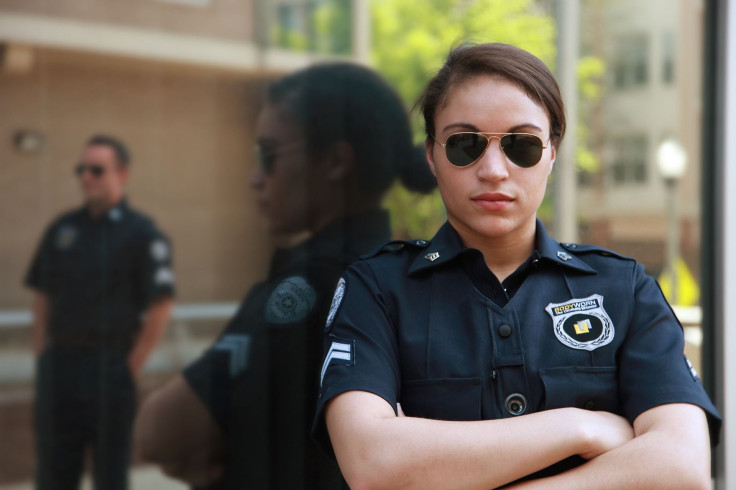People With Untreated Mental Illness Up To 16 Times More Likely To Be Killed By Police, But Why?

People who suffer from a mental illness are 16 times more likely to be killed by police, according to a new study out of the nonprofit Treatment Advocacy Center. The results highlight the harsh reality of mental illness in America, where nearly eight million people live with a severe mental illness, and many are left untreated, homeless, or jailed.
The report finds that every one in four fatal police encounters involves the death of a person with mental illness, meaning that mentally ill people are 16 times as likely to get killed by a police officer than the average, non-mentally ill person. The researchers even go so far as to say that mental health problems are a factor in as many as one in two fatal law enforcement events.
“It should horrify but not surprise us that people with untreated mental illness are overrepresented in deadly encounters with law enforcement,” John Snook, executive director of Treatment Advocacy Center and an author of the study, said in a statement. “Individuals with untreated mental illness are vastly overrepresented in every corner of the criminal justice system. Until we reform the public policies that have abandoned them there, these tragic outcomes will continue.”
Despite the fact that there are few reliable data on fatal law enforcement encounters, the researchers examined the proportion of total reported times in which a civilian was stopped by police officers and resulted in a death of a mentally ill person, then divided that by that same proportion for non-mentally ill people.
“Hundreds of thousands of these men and women live desperate lives,” the researchers wrote. “They sleep on the streets, overflow emergency rooms and, increasingly, overwhelm the criminal justice system. … An estimated one in three individuals transported to hospital emergency rooms in psychiatric crises are taken there by police.” The authors go on to explain that people with mental illness “also make up a disproportionate number of those killed at the very first step of the criminal justice process.”
The study is one of the first to point out that the lack of reliable data on civilians killed by police officers is fueling the police brutality crisis in the U.S. In addition to that, the researchers note that there are only three independent databases outside of federal databases that measure the role of mental illness in fatal police shootings, despite the fact that it’s such a widespread, influential issue.
In order to reduce the amount of mentally ill who are killed by police — or police shootings in general — the researchers list a few ways that we can begin to tackle the problem. First, we must “treat the untreated,” and reverse the current system in place in which mentally ill individuals are often thrown into jail instead of psychiatric care. Secondly, it’s extremely important to have accurate reports on the number of fatal police encounters. “Factors that contribute to the absence include the lack of reporting requirements that are realistically funded, the absence of standardized definitions and methods to produce consistent data, and the lack of centralized oversight,” the researchers write. While independent databases and the federal government’s databases may have reserves of information that rely on each other, neither have complete reports.
“Severe mental illness is an identifiable factor in at least 25 percent and as many as 50 percent of all fatal law enforcement encounters, but its role has been rendered virtually invisible by the failure of the government to track or report its presence,” they wrote.
Source: Fuller D, Lamb R, Biasotti M, Snook J. Overlooked in the Undercounted: The Role of Mental Illness in Fatal Law Enforcement Encounters. Treatment Advocacy Center. 2015.
Published by Medicaldaily.com



























